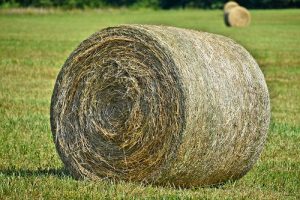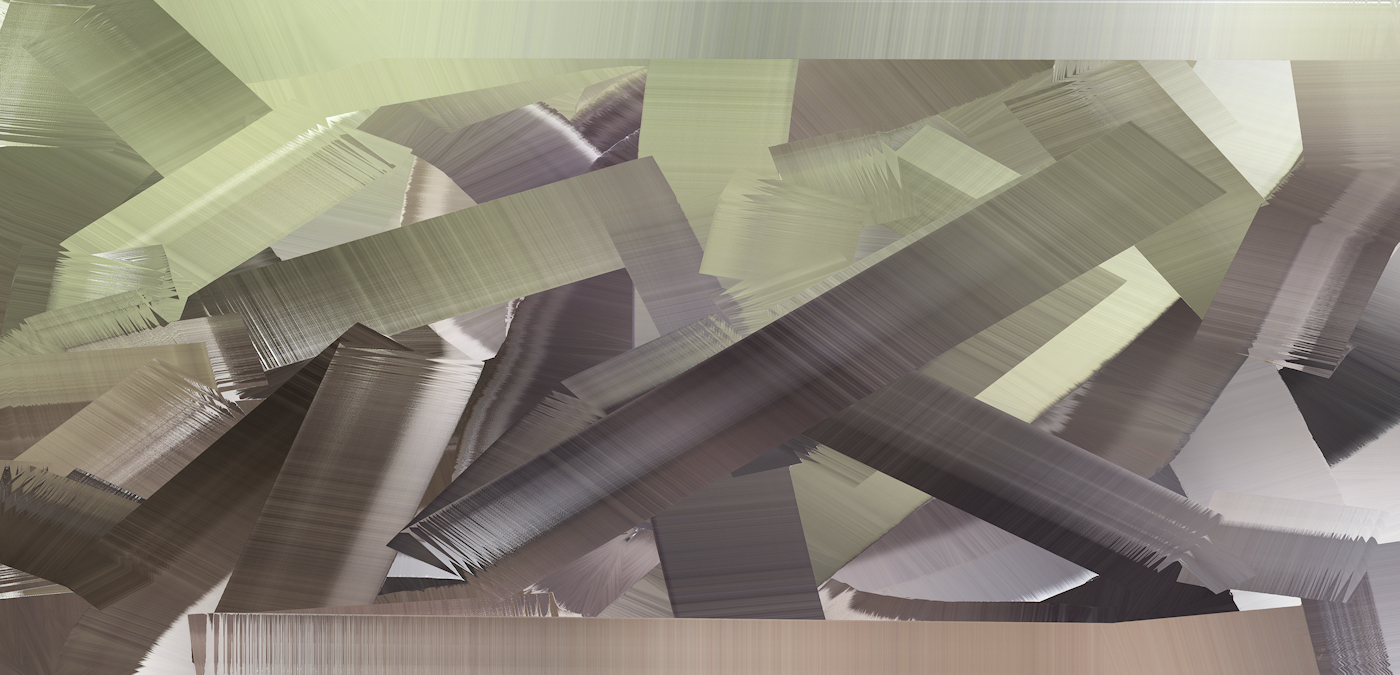
Hay Bales

I had the opportunity this week to photograph a hay field next to our apartment complex. I missed photographing the cutting and actual baling process but took many photos of the field while the large round bales sat in that sunny field waiting to be loaded up on a flatbed trailer.
Hay is herbaceous plants, mostly grasses that have been cut, dried and stored for use as animal feed. Originally hay was cut and raked by hand then stacked in a pyramid shape in the field until it could be taken into a barn. The shape helped to repel any rain that might occur while the hay was drying. Storing loose hay took up a lot of space in the barns.
In the late 1800s Hay Balers were used to compress the hay and bind it into smaller squares or rectangles. This enabled the bundles to be stacked and those stacked hay bundles took up less space.
Hay Baling technology improved constantly from loading hay into a bale chamber by hand as horses provided the power to run the baler to steam traction engines and finally to internal combustion tractors that pulled the balers through the fields.
The middle of the Twentieth Century saw the introduction of the large round baler. Those large round bales are mainly used by commercial and large farms. Smaller farms find it more economical to bale and store the smaller square and rectangular bales.
I helped load up bound rectangular bales as a teenager one summer. Loading the bales onto a trailer was done by hand in those days. It was hard, hot work. Picking up heavy bales and lifting them high enough for someone on the trailer to grab was quite a feat. Add the hot sun and sharp hay ends poking your arms and legs and I was convinced that I would not help with that ever again!
Be sure and share your experiences with hay baling, stacking hay or feeding hay to domestic animals in the comment section.
Click here to view a larger version of today’s Modern Round Hay Bale. Feel free to browse all other images on my site, too.
